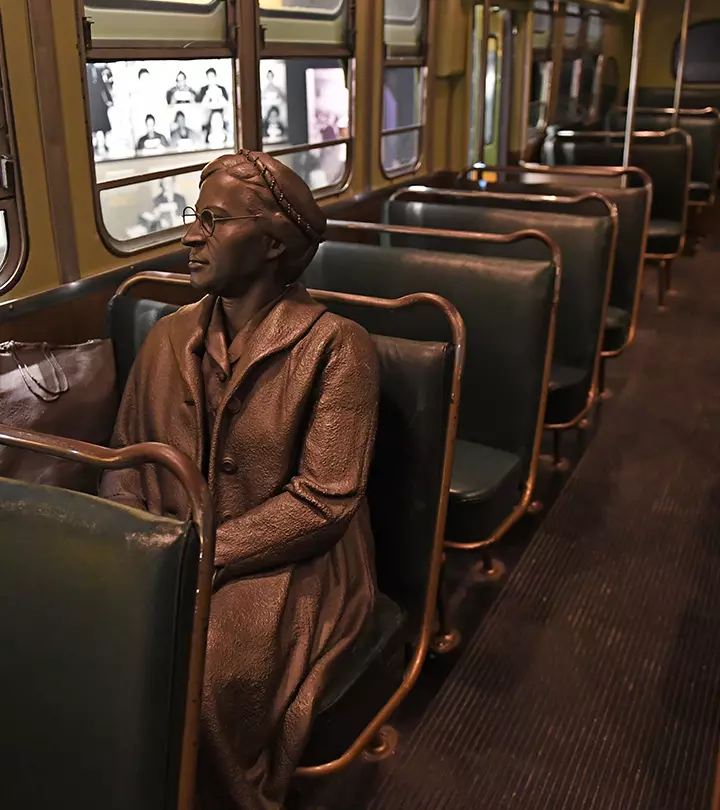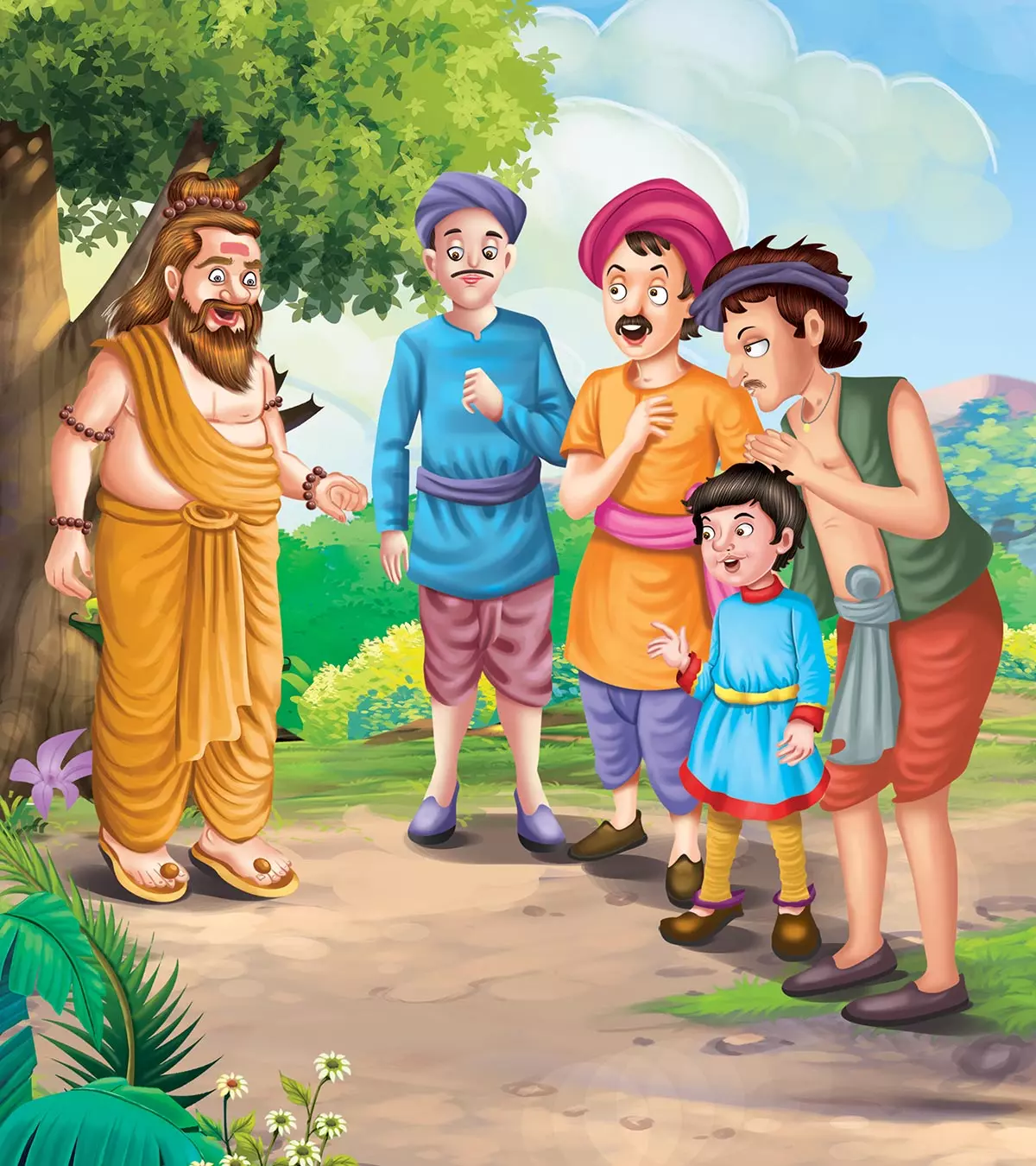
Image: iStock
Tathacharya, the chief priest and guru (teacher) in the royal court of Sri Krishnadevaraya (king of the Vijayanagara Kingdom), had a personal hatred towards a particular sect of people.

He would cover his head and face with his cloak every day to avoid looking at those people. Everyone in the royal court was annoyed with his behavior, but no one dared to tell him. They feared that the king might get angry at them for complaining against the royal guru.
One day, they approached Tenali Rama and explained the situation to him, hoping he would be able to find a solution to the guru’s blind hatred.
Tenali Rama listened intently to everything they had to say with humility, and said, “I too had noticed this strange behavior of Thathacharya. I will do my best to solve this problem.”
The next day, king Sri Krishnadevaraya called for Rama. He expressed the same concern and asked intelligent Rama to solve the problem tactfully as Tathacharya was a scholar and a respectful person.
Tenali Rama assured the king that he would do just that.
The next day, Rama went to Tathacharya’s house. As he approached the gate, he spotted Tathacharya coming out of the house.
Rama called out to him, saying, “Good morning, guru Tathacharya. It is me, Rama. Why are you covering your face?”
Hearing this, Thathacharya stopped abruptly and said, “Oh! Hello Rama! Since you asked, I will tell you a secret.”
“Sure, what is it, master?”
“People of that sect are sinners. It is believed that if you look at them, you will be born as an animal, specifically, a donkey, in your next life. That is why I cover my face to avoid seeing them. Do not tell this to anyone.”
“Sure, master,” said Rama and left.
After several days, the king, along with his courtiers, visited a garden on the outskirts of the city. While returning, they noticed a herd of donkeys blocking their way.
Tenali Rama was waiting for the right time to teach the royal teacher a lesson, and quickly came up with a strategy. He went in front of the herd and started saluting the donkeys; he also began mumbling prayers.
Puzzled, the king asked, “Rama, why are you praying to the donkeys and saluting them?”
Clever Rama replied, “Your majesty, these are no ordinary donkeys. They are Guru Thathacharya’s family. This is Thathacharya’s brother, and that one there is his grandfather. I am sure guruji is blessed to see all his family together.”
Thathacharya got angry at Rama and yelled, “Rama, how dare you mock my ancestors by referring to them as donkeys?” He turned towards the king and pleaded, “Your majesty, this is highly disrespectful.”
The king asked Tenali Rama for an explanation. Rama said, “Apologies, guru Thathacharya. It is not my intention to disrespect the royal teacher, but he himself told me that these were his family members.”
Thathacharya lost his temper and shouted, “What nonsense are you talking, Rama. When did I say that?”
Rama then replied, “Respected Thathacharya, the other day, when I visited your house, you told me that whoever laid eyes on that sect would be born donkeys in their next life. So, there is a possibility that these donkeys could be your family members.”
Hearing this, the royal teacher remained silent. The king then questioned, “Is it true, Thathacharya?”
Tathacharya replied, “Yes, it is true, Your Majesty.” and hung his head in shame.
The king then said, “In my kingdom, all citizens are equal, and I would not tolerate any discrimination.”
Thathacharya realized his mistake and apologized to the king. Everyone praised Rama for his wit and wisdom in solving the problem.
Moral of the story
Do not discriminate based on caste, religion, color, sex, or gender.
Key Pointers
- Tenali Rama creatively tackles discrimination through witty strategy.
- The king’s commitment to equality is a strong message against discrimination based on caste, religion, or other factors.
- The story encourages readers to reflect on their own biases and prejudices.
Community Experiences
Join the conversation and become a part of our nurturing community! Share your stories, experiences, and insights to connect with fellow parents.
Read full bio of Sharon Katy
Read full bio of Harshita Makvana
Read full bio of Deepa Thomas















